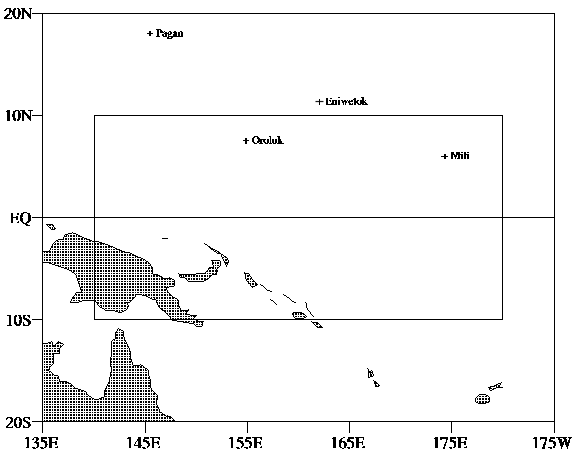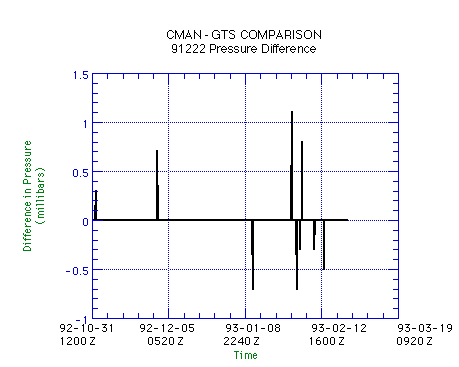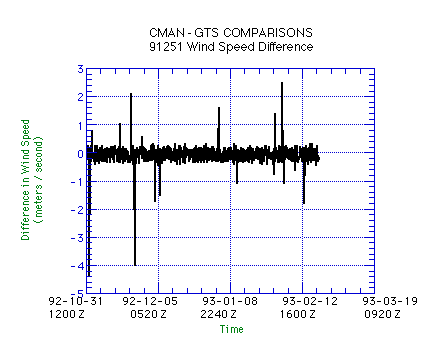

A Comparison of GTS and CMAN Surface Meteorological
Data Sets in the TOGA-COARE Region
Mark C. Bove
TOGA-COARE Surface Meteorological Data Processing Center
Center for Ocean-Atmospheric Prediction Studies
The Florida State University
1 April 1996
Report COAREMET 96-1





